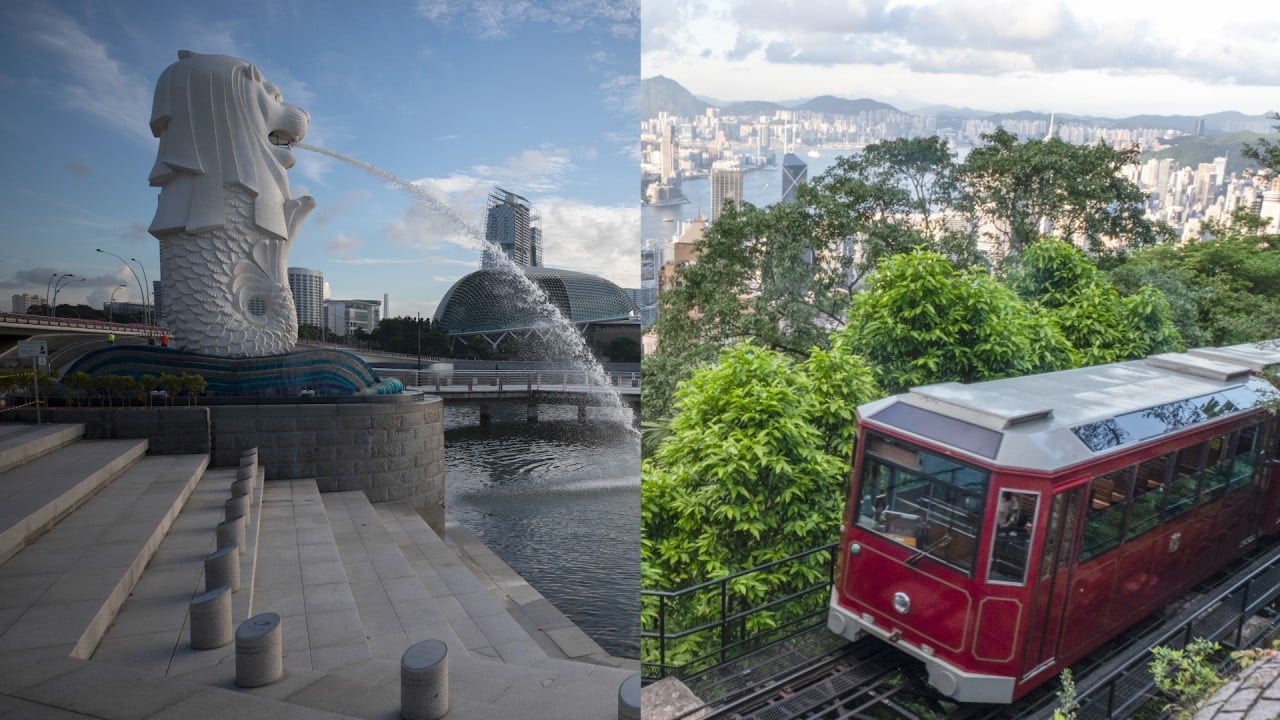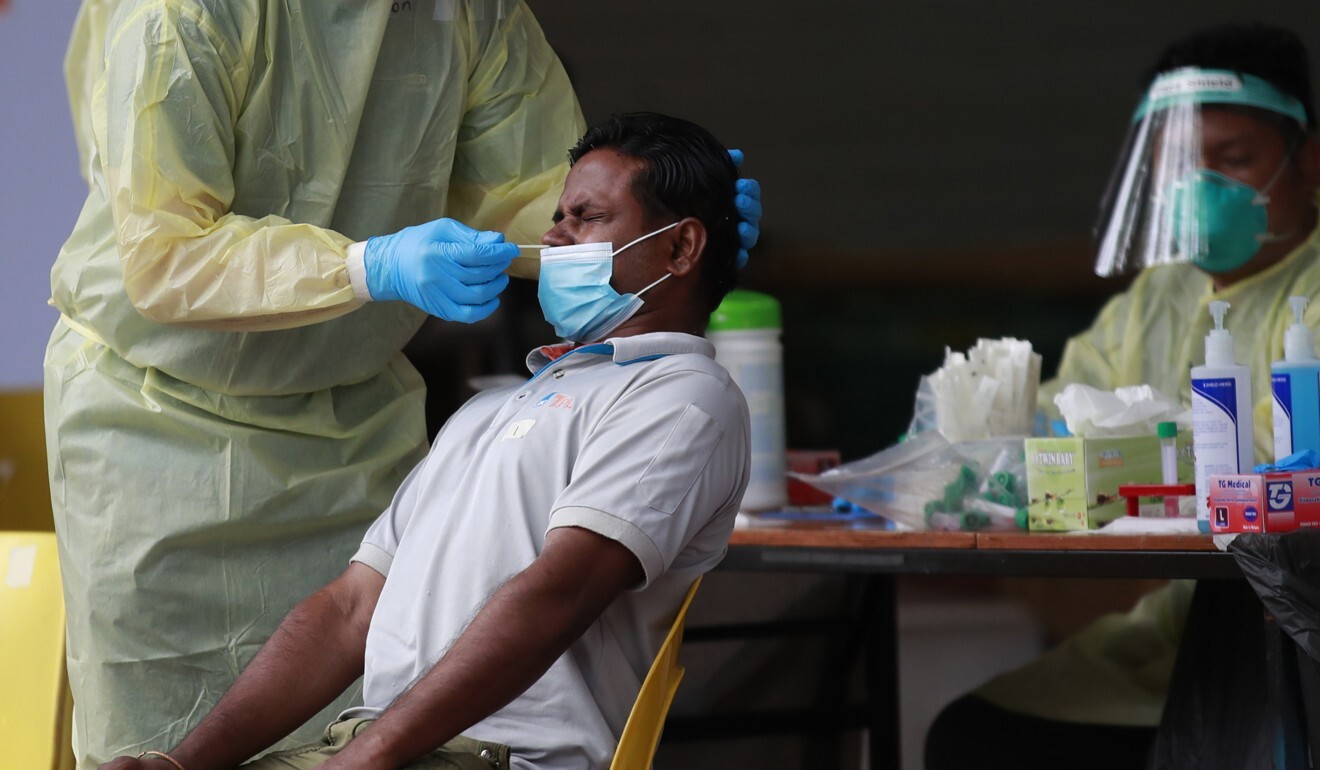
02:05
Indonesia surpasses Philippines for Southeast Asia’s largest Covid-19 case numbers and death toll

In Southeast Asia, as in the rest of the world, the fight against the Covid-19 pandemic has been difficult and costly. Recovery for much of the region will be long and arduous.
Southeast Asia’s fate is not entirely in its own hands, either. The pace and depth of the region’s recovery will depend on the global path of the pandemic, the success of vaccine development and the rebound of global demand for the goods and services Southeast Asia produces.
For all this challenge, though, it is clear Southeast Asia will be neither fatalistic nor passive in responding to the crisis in the region. Southeast Asian countries are planning for recovery and looking for opportunity in adversity, even as they fight the pandemic. Their diversity means recovery strategies will necessarily be tailed to individual country circumstances, but five factors are emerging as high priorities.
First and most obviously, the pandemic must be contained. This has been achieved in much of the region but not, notably, in Indonesia and the Philippines. Southeast Asian countries must find effective strategies to limit further outbreaks while they gradually open and normalise their economies – the region cannot afford further widespread lockdowns.
The World Bank calls this approach “smart containment”. Recent Covid-19 flare-ups in Vietnam, Malaysia and Myanmar show how difficult this is to sustain, as do the second waves now engulfing some European countries. The keys are likely to lie in robust real-time monitoring, sophisticated testing and tracing capabilities, localised lockdowns and ongoing social distancing discipline.

02:05
Indonesia surpasses Philippines for Southeast Asia’s largest Covid-19 case numbers and death toll
Some Southeast Asian countries will need sustained international help to develop and deploy these capabilities. Without this, some parts of the region could find themselves stuck in the worst of all worlds, able neither to fully contain the pandemic nor to fully open their economies.
Vaccines will only be a partial remedy in the short to medium term. Delivering an efficient national vaccine roll-out, with early priority for health workers and high-risk groups such as the elderly, will be a daunting task for the larger and poorer Southeast Asian countries.
They also worry about vaccine nationalism and want more international support. Some are looking to China and Russia to help with as-yet unproven vaccines. An alternative way for partner countries to support the region is through contributions to the Covax Advance Market Commitment facility that will secure effective vaccines for developing countries.
Second, there is scope to use this crisis wisely through public investments and policy decisions that stimulate flattened economies while targeting growth opportunities of the future. Vietnam, for example, has announced a new industrial policy aimed at moving the country up the manufacturing value chain. Singapore has set up an Emerging Stronger Taskforce to consider ways to “refresh, reimagine or reset” the city state’s economic strategies.

01:43
Hong Kong, Singapore announce plans for quarantine-free travel bubble
Investment in sectors such as the digital economy, for example, will bring longer-term benefits. The absence of affordable, high-speed broadband creates a significant digital divide in much of the region, and more barriers to e-commerce can be removed.
Southeast Asia could also step up its investment in projects that will accelerate a transition away from fossil fuels and towards lower-carbon economies. Governments could develop more renewable energy infrastructure and help consumers and companies improve energy efficiency and invest in renewable power generation.
Third, Southeast Asia needs to keep thinking strategically about the world’s shifting foreign investment and trade landscape. Global developments offer a mix of peril and opportunity. The pandemic-induced collapse in global demand and the US-China trade war increase uncertainty about future foreign direct investment.
Over time, robotics and other advanced manufacturing technology will threaten labour-intensive manufacturing in countries such as Cambodia, Myanmar and Vietnam. The textile and footwear industries are potential targets.
On the other hand, with the right domestic policy settings, Southeast Asia could find itself in an unusual investment and trade sweet spot. It can maintain its role in value chains centred on China while also benefiting from a broader global reordering of manufacturing as Western multinational companies seek to dodge US tariffs on China and achieve greater resilience of supply lines.
Fourth, the region needs to plan for ongoing support for the millions of its citizens needing help to survive. The World Bank forecasts poverty to increase across developing East Asia excluding China for the first time in 20 years. The outlook for the unemployed in some sectors, tourism in particular, looks especially bleak.
Emergency fiscal support packages in Southeast Asia have been essential tools to mitigate economic damage. However, they can’t be maintained indefinitely without raising debt and financial stability concerns. The high-wire act here is to carefully and gradually unwind some emergency measures in favour of investment in broad-based social security assistance programmes for the most vulnerable.

Getting many workers back into jobs will be also be a mammoth undertaking. Partner countries can help by devoting additional support for efforts by Southeast Asian countries to tackle unemployment, encourage businesses to hire workers and improve skills. The region’s human capital will be more important than ever to long-term economic success.
Fifth, there are longer-term lessons to be drawn from Southeast Asian success stories in the fight against Covid-19. These have been found in both democracies such as Singapore and Malaysia and authoritarian regimes such as Vietnam. Administrative competence, not draconian laws, has proved to be one common factor.
The pandemic has showed that effective and accountable institutions, civilian leadership, clear communication with populations and polices informed by evidence and science can make a big difference. These qualities, along with access to justice for citizens, a healthy civil society and reduced corruption, do not just help fight the pandemic – they will also build a more prosperous and stable region over the long term.
Richard Maude is a senior fellow at the Asia Society Policy Institute and coordinator of a new project on Southeast Asia and Covid-19, developed with support from the Australia-Asean Council